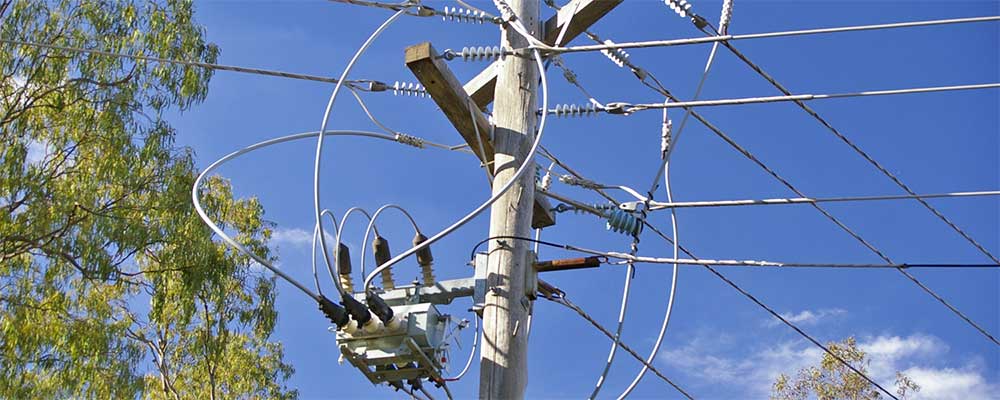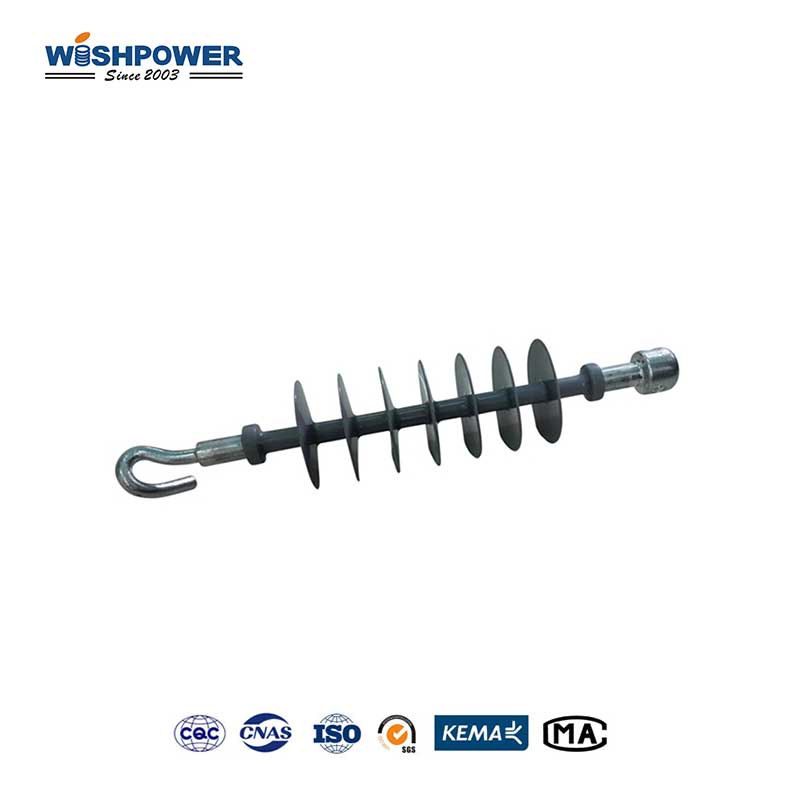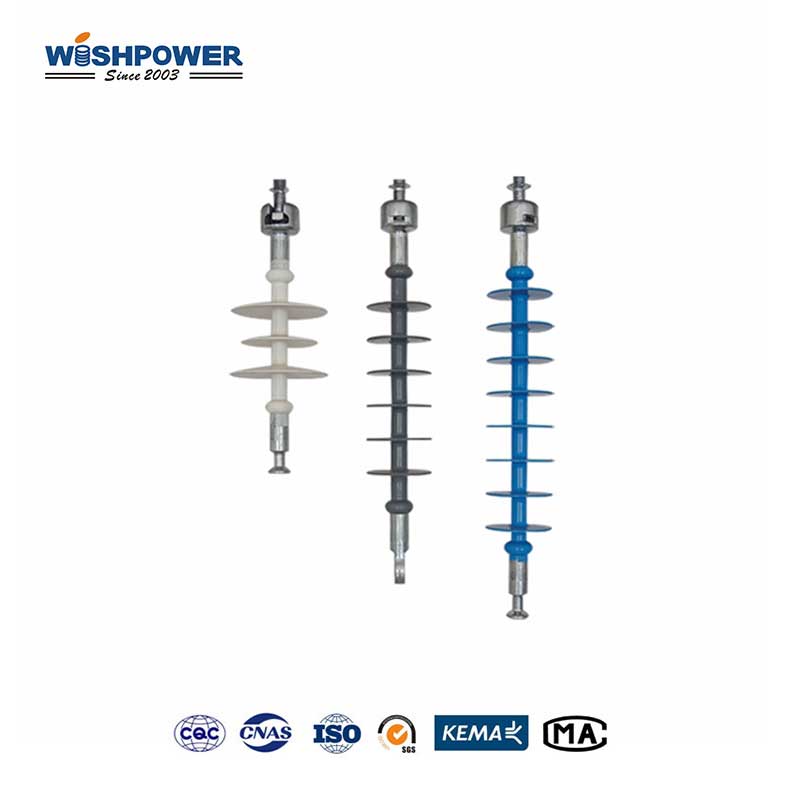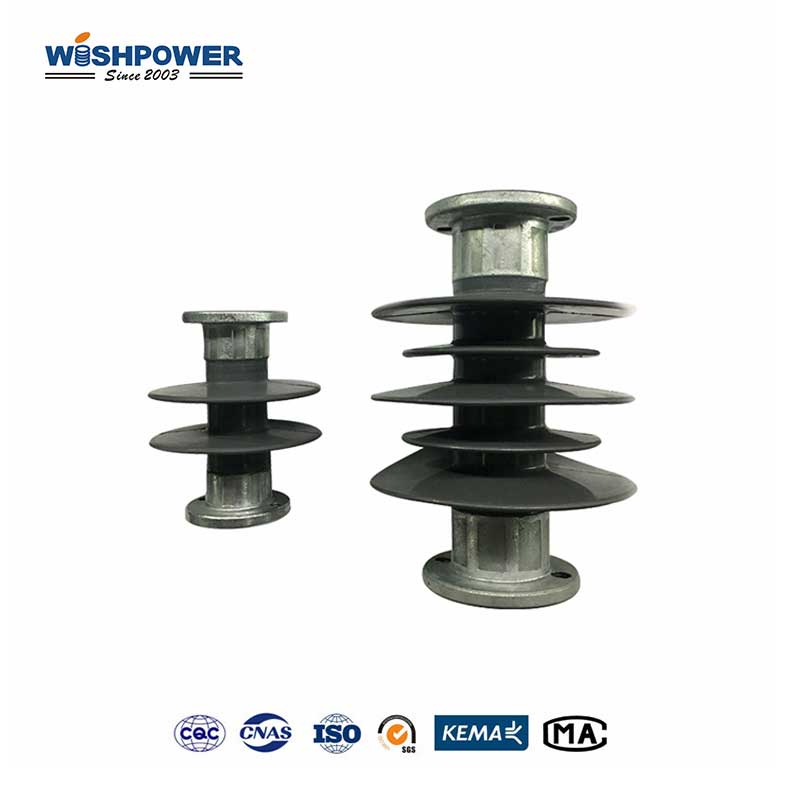The use of insulators cannot be over-emphasized in power systems as they are very essential in guaranteeing the quality of power transmission and distribution. Suspension insulators and strain insulators are commonly applied to high-voltage electric power systems.

What is a suspension insulator?
A suspension insulator is made up of one or more numbers of insulators series together to make a string. These insulators are suspended from the cross arms of a transmission tower and the conductor is suspended from the bottom end of the insulator string. The suspension insulators are mainly used for carrying the conductor and at the same time to provide electrical insulation between the conductor and the structure.
What is a strain insulator?
Thus strain insulators work as insulators that are capable of handling mechanical tension of conductors in transmission lines. These types of insulators are installed at any place where there is a change of direction of the line, end of the line, or where the span length is long including places where the line crosses a river. They are normally mounted in a position parallel to the conductor and provide direct support to the mechanical loads on the tensioned conductor.
Suspension Insulators VS Strain Insulators
Mechanical Function and Load Handling
One of the main differences between suspension and strain insulators is their mechanical function and load-handling capabilities:
The suspension insulator’s principal function is to support the conductor with the vertical load carried by it and the conductor is suspended from the insulator string. Conductors also do not have much mechanical force from them but serve to bear their load whilst making certain amends due to wind and what have you. Suspension insulators are more versatile than other types of insulators hence they tend to give and take mechanical forces in the line.
Strain insulators are individually developed to manage mechanical stress in conductors. They are placed where the conductor is strung in high tension such as at the end of the line, corner, or where long spans are present on the line. These electrical insulators are crucial in avoiding conductor sags and maintaining appropriate tension varying the stability of the particular transmission line.
Design and Configuration
Suspension insulators usually comprise several disc-shaped units that may be made from glass, porcelain, or composite materials. The discs are connected in series to form a string thus making it easy for the development of higher voltage applications. The insulation capacity of the string is variable from the addition or removal of discs hence can accommodate different lengths of strings.
Strain insulators are usually of the same disc units as used in suspension insulators but their arrangement is different in a way. In strain insulators, the strings are usually put horizontally in the discs and are disposed of in such a manner that they shall only be subjected to tensile loads. According to the mechanical loads that have to be catered to, the assembly can consist of one or many parallel strings, giving it enough tensile strength.
Electrical Performance
Suspension insulators are very effective in offering electrical insulation since they are usually vertically positioned and connected in series. They are intended to ensure that no current flows from the conductor to the tower or pole in the case of lightning strikes. The space between the discs assists in retaining the insulation strength and decreases the possibility of flashover occurrence.
Mechanical stresses are also well borne by these insulators, although electrical insulation is equally good. In high-voltage settings, strain insulators are applied together with other insulations to provide enough electrical performance, particularly where pollution and or bad weather conditions prevail.
Applications and Use Cases
Suspension insulators are applied in most of the high-voltage transmission lines, especially in the straight course. They are appropriate for lines with small angles of deviation and where tension by use of machinery is not a major concern. Suspension insulators are also employed in distribution systems whether in urban or in rural areas.
Tension insulators are used where mechanical stress plays a major role such as line terminals, joints, bends, and long spans, for instance, the cross-over bridges. They are used to sustain the tension of the conductor and to avoid sagging in these regions of the overhead power transmission. Strain insulators are also used where the structures to which they are applied experience high wind or ice loads.
What is the difference between a suspension and a strain insulator?
Suspension insulators and strain insulators differ primarily in their mechanical and functional roles within electrical power systems. Suspension insulators support the vertical load of conductors, offering insulation without managing significant tension, making them suitable for straight-line sections. In contrast, strain insulators are designed to withstand high mechanical tension, used at points where the line changes direction, terminates, or spans long distances. While suspension insulators provide flexible support and excellent insulation, strain insulators focus on maintaining conductor tension and stability in high-stress areas.
If you have different opinions or want to know more, please leave a message on the website or contact us directly at info@wishpower.net

















